Aromatherapy philosophy
Aromatherapy has always been difficult to define. There are very clear reasons for this. Difficulty bound up in the nature of the raw material itself and also the metabolic pathways that essential oils follow.
In his original work, Robert Tisserand chose to call his book The Art of Aromatherapy rather than the Science of Aromatherapy. Indeed it is sometimes difficult for those brought up in a world of active principles and analysis to grasp the concept of holism. Perhaps sometimes it is even easier for a poet to understand Aromatherapy than a person trained into rigid mainline or orthodox medicine. For example the beauty and the transient nature of cherry blossom blowing in the wind is clearly understood by the human organism and provides an effect to the observer. That effect is often individual, one that affects emotions and eventually even health and well being. Likewise the aroma, the fragrance, of pure essential oils are transient, difficult to define and with responses that too are individual.
Dr John Ball wrote wisely “What one individual will take in his or her stride may cause another great suffering, for one of the greatest barriers to health is not so much the illness itself but the emotional reaction to it. It is precisely because we have come to assume that science can provide a cure for every situation that we are now in a state of suffering, because our mind is so full of unfulfilled expectations.”
If we think of our expression of health as being free form disease and as is commonly done, we express our disease as symptoms – for example pain or weakness, itching, tremor, faintness – it is only much later that we detect real changes in the body. Disease in a way is a failure of the body to adapt to some sort of stimuli. The failure to adapt may be due to inherited tendencies, our genes, or by some overwhelming challenge from outside.
However the majority of chronic illness is more complex than this. It is a combination of predisposition, inadequate defence, a depressed immune system, perhaps repeated challenges in the form of poor nutrition, radiation, pollution. Out into context, our body has a standard procedure to deal with this wide variety of challenges we may now call stress. Perhaps the most standard body response to exterior challenges is inflammation – pain, heat, swelling, redness.
Our view then of Aromatherapy at Fragrant Earth is addressing the wider issues of well being and health without too much recourse to trying to attach an orthodox medicine or an orthodox view of the world, a view exemplified by Descartes rather than Einstein. We view people’s responses as all important rather than as an analysis based on what should happen according to the text book or from the individual components. I well recollect in one of my earliest classes in Aromatherapy that Moroccan or Wild Chamomile (Ormenis mixta) was proposed as an anti inflammatory equal in status to German or Roman Chamomile. As time went on, botanists suggested that this was not a true Chamomile. The class up until that point has accepted Moroccan Chamomile as an anti inflammatory and were getting good results. Once that it was stated that it was not a Chamomile, the results seemed to disappear. This raised some very interesting questions, not least of which is that were people fooling themselves, were the original results purely psychosomatic. Later it was shown that Moroccan Chamomile is indeed an anthemis or chamomile. Botanists have a nasty habit of changing their minds quite regularly and reclassifying things. This event showed to me that the observer, so to speak, participates in the experiment. It shows the influence of the whole organism over the end result.
You may now ask what an essential oil is. It is not a single molecule but a collection of molecules coming from a plant with one common factor in its constituents and that is volatility. Not all the volatile elements in an essential oil smell, or at least have no smell to us as human beings. We may liken this group of molecules, loosely hanging together, to a gas. As any perfumer will tell you, however, the smell, the impact, of these fragrant components far exceeds the volume that is put into a given area which has always suggested to us that the vibration of the molecules associated together in one bundle, for example Lavender, is what really counts. If something vibrates, it transmits. If it transmits, it can be received.
Therefore we see essential oils as information packages rather than a group of individual chemicals each with a defined effect. The effect itself has been given many names such as chi, vital force, prana, subtle body etc. While there are those who would dispute the similarity between those names they all indicate that something is at work beyond our present senses that relates to our homeostasis or well being.
Our view of essential oils is not unlike that of the person who appreciates good food and good wine. We expect good food to taste good. Taste, we may well remember, is essentially sweet to sour so what we commonly call taste is in fact retro smelling. Smell therefore has some value in our assessment of nutrition. It is not just a question of pleasure or enjoyment. Never the less the sensation of pleasure induces the feelings of calmness and well being, relaxation etc. So it is not only a question of nutritional value but impact that contributes to health. Applying these principles to essential oils would lead us to discover that certain essential oils smell stronger, better etc. coming from certain areas, from certain fields , from certain plants and so on. As every agriculturalist knows, there are specific plants adapted to specific conditions. We may modify these plants by hybridization and try to produce mass agriculture which does not always work as well as we would expect. Nature provides us with a high degree of biodiversity, even within a species. When we interfere and clone things, gradually the stock decreases in its natural vitality and we have to find something new. The wild population provides us with a figure, an energy and adaptability that exceeds their cultivated cousins.
At Fragrant Earth therefore, because we appreciate the principle of vitality and not just chemistry, we try to source material that is either wild or has been drawn and cultivated from a wild population. If we cannot source material from the wild, then we would look to material grown under an organic system. There is much misunderstanding about what organic growing means. Whilst it is true that organic material would not be subjected to massive doses of synthetic fertilizer of herbicide, this is a secondary consideration. The primary idea of organic growing is to improve plant vitality through replicating farmland as near as is possible to conditions that suited the plant in the wild. In other words, the microbiology of the soil, its natural fertility, the exchange of nutrients, sugars and gases between the living plant and the living bacteria produces a healthy plant. A healthy plant is seen by its vigour and demonstrably by its increased aroma.(or in the terms of food, its increased taste).
Fragrant Earth oils are therefore very strong but then of course that strength is measured by the way one smells. For example certain cherry blossoms have a very delicate aroma which at the same time is strong. It is often how you smell something that gives strength not what you smell. This may best be understood by returning to the subject of vibration. All essential oils vibrate but outside that of our visible spectrum. Of course, to an insect or perhaps even to some reptiles, essential oils in our terms look like colours. They appear to have a visible presence. It is only our failure to have the right receptors that stops us from seeing essential oils.
So essential oil quality is a very important issue. The majority of essential oils sold around the world may best be described as a chemical soup. Essential oils unfortunately have been defined by a set of so called standards. This enables people to reconstruct essential oils from a variety of chemical components. In a recent survey of 20 essential oils it was found that 13 were either adulterated or not what they claimed to be on the label. This may sound very shocking but the problem is that the consumer views essential oils as though they are some form of chemical and can be reproduced like a commodity. They cannot. A Lavender from Bulgaria or Tasmania is not the same as a Lavender from somewhere else.
So at Fragrant Earth, the important thing for us is to have what is called provenance. Provenance means that we know where it was grown, at what altitude it was grown, how it was distilled, what type of still was used, and many other factors. Ecological considerations too have to be considered and any extraction has to be compatible with what we call nature conservation. Foe example we take our high altitude Lavender from a very special type of still, constructed from stainless steel but when it comes to Orange bigerader we use material that comes from a traditional wooden still. At each turn we need to respect the essential oil and we need to respect the plant. There is no doubt in our mind that the most important aspect is the plant itself . The plant is something that is of beauty. It has a form and substance. You cannot get a good essential oil from a poor plant any more than you can get good saki from poor starting material.
None of this is to deny that chemistry has a role in the understanding of essential oils and in their application. Rather it is to put balance into the equation but making sure that as much emphasis is given to the growing and processing of the plant to the essential oil. Relying on chemical analysis alone opens up the distinct possibility of adulteration and manipulation.
On the whole students of Aromatherapy are given very basic information, not much more than can be read in good books. It is my opinion that over the years there has been more a move towards chemistry and away from an understanding of plants and our sense of smell. Our sense of smell has been marginalized and continues to be so, even in Aromatherapy. However Aromatherapy has become popular in my opinion through a subconscious desire to regain something that we not only need but have lost. In our technoculture to a great extent we have eliminated the idea of fragrance from our consciousness except by a statement of our ability to buy a particular brand. Yet if we review historically the civilizations of the past, we will see that an understanding of the sense of smell and its use was considered necessary and valuable. Today we have surrounded ourselves by apparatus to satisfy all the needs of the other senses, especially sight and hearing, audio and visual sensations, that we have left the sense of smell behind. On the one hand we have groups of office workers suffering from neck ache, shoulder ache, back strain which is variously attributed to over work, stress etc. People will indulge in various massage and massage techniques, failing to realise that if they took a small walk in the country, smelt the fresh air, smelt the ground, felt the freshness of the wind, then most of their aches and pains would disappear anyway. Such is the power of aroma.
Aromatherapy education needs rebalancing to give more experience to the student. It is extremely beneficial and helpful to understand what a terpene is but what is more important is to know the depth of involvement that these substances have in the cellular processes that we call natural. Essential oil compounds are among the molecules of life itself. To approach these botanical plants, living materials as mere random chemicals with little or no effect is clearly the wrong approach. Quite fortunately we know more about these compounds and their effect on insect on insects and animals than we do on human beings. Aromatherapy education needs to give more attention to the sense of smell blended in with science. In the UK we have graduates from Aromacosmetology® studies, which gives the student a better in depth understanding of nature and the basic chemistry that is often associated with Aromatherapy. The curriculum includes…..
Talking of blending, we can find chemistry extremely helpful. Mostly we are taught to blend say Lavender with Clary Sage of something else. We could think of it in another way. For example we could think of Lavender as alcohol and esters as a synergy. Of course we must remember that it is actually very difficult to obtain the true essential oil of Lavender. The lavender hybrids are commonly distilled because they give a higher volume. The total production of true Lavender is approximately 20 tonnes so it is easy to calculate how many small bottles 20 tonnes can fill. What is routinely passed off as genuine and authentic Lavandula angustifolia is simply something else. To buy good essential oils you have to buy from a clearly identifiable, nameable source that has not been tampered with. These are the essential oils that Fragrant Earth deal in.
So if we return to the subject of blending and our alcohol/ester blend we could add for example Geranium, Clary Sage, Neroli, even the Thymes of the linalool and geraniol type. We could see that we have blended within a synergy of chemicals but we have changed quite dramatically the nature of the plant material. A Lavender does not resemble a Thyme – it has a different energy. It follows that it is not what is in the material that counts but the individual’s response.
Some blends seem to work better than others and these are called synergies. A synergy usually consists of three to five essential oils. At Fragrant Earth, we list Breathe Easy, Calm, Meditate Plus, Hi Lift, Doze & Dream, Love & Bliss, Femina, Gorgeous Rose, Sparkling Mandarin and Cool Lavender synergies on the Price List with their key components. Each of these synergies or a synergy is an aromatic programme designed to bring relief to a specific situation or to deal with something that hinders an individual’s expression at that moment in time. There is usually a core essential oil which addresses directly the heart of the problem. Then there is a support essential oil that assists the core essential oil in its integrity. Here is usually a balancing essential oil that supports the vitality of the overall blend. This last essential oil tends to be emotional in purpose whereas the core essential oil and its supporter tend to be directly related to the situation, ailment, illness etc.
What we have said about essential oils equally applies to vegetable or carrier oils. Each carrier oil has its own therapeutic properties. In my book, Liquid Sunshine, a number of vegetable oils are discussed. Vegetable oils are a good source of vitamins such as A, D and E as well as the essential fatty acids needed by the skin to maintain its tone and elasticity. Often different herbs are macerated into vegetable oils and these yield aromatic and oil soluble components, giving a very useful additive to those working in Aromatherapy. In fact this is the original method that was used in ancient Egypt for extracting the aromatic compounds or essential oils from plant materials. These herbal oils are utilized for their unique therapeutic properties. They support enhanced benefits of essential oils. Different companies have different parameters for their vegetable oils. Just as with essential oils there is an industry of refinement which means that vegetable oils are processed more or less to meet the demands of the end user. In this process, many of the vitamins are removed to be resold as food supplements. After all, in a cooking oil it’s argued that you do not need the goodness in the fat medium. Likewise in massage. The cheapest oils contain no nutrients as only slippage is required and this is provided in the basic element of the oils, glycerol itself. At the end of the day, you only get what you pay for. A well known English writer, John Ruskin, wrote
“It is unwise to pay too much, but worse to pay too little; when you pay too much, you lose a little money, that is all.
When you pay too little, you sometimes lose everything, because the thing you bought was incapable of doing the things it was bought to do.
The common law of business balance prohibits paying a little and getting a lot. It can’t be done. If you deal with the lowest bidder, it is as well to add something for the risk you run.
And if you do that, you will have enough to pay for something better.
There is hardly anything in the world that someone can’t make a little worse and sell a little cheaper – and people who consider price alone are this man’s lawful prey”
Lastly we must turn to the way that one applies materials. The client or person is a living being not a slab of meat. Too much emphasis is placed on technique and completing a programme rather than listening to one’s hands and caring for the individual. One of the newest techniques is Slavic Massage®. This is a technique that lays heavy emphasis on the shoulders and the arms, being where the majority of people in an urban environment hold their stress. This is demonstrated by the typical neck ache type headache. Slavic Massage® uses principles also found in veterinary aromatherapy and in particular in the massaging of horses. There is an elongation of the spine and a considerable use of the forearm at different pressures. Work is taken diagonally along the body, stretching and toning the muscle system. Elderly people and those with joint discomfort through rheumatism and arthritis often find this massage especially beneficial. In skin care, too, the skin has to be dealt with in a very gently way. On the whole people use too much friction and not enough gentleness. Truly, as I said at the outset, Aromatherapy is not only a science but in its very essence an art.
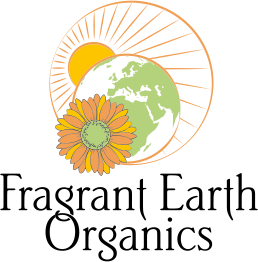
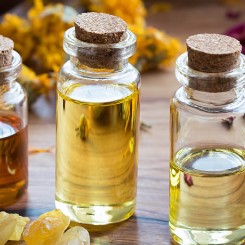 Essential Oils
Essential Oils
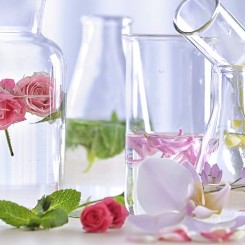 Hydrolats, Hydrosols, Floral Waters
Hydrolats, Hydrosols, Floral Waters
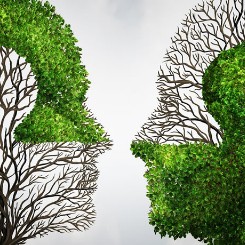 Synergies
Synergies
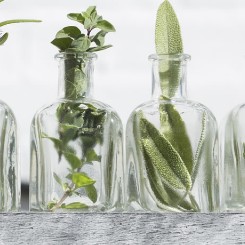 Herbal Oils
Herbal Oils
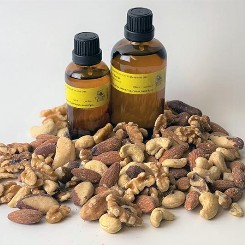 Vegetable Oils
Vegetable Oils
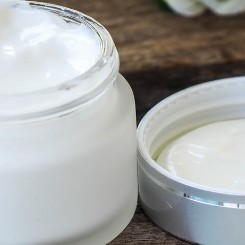 Bases
Bases
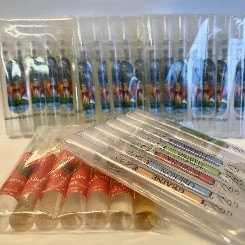 Books, Kits and Trial Packs
Books, Kits and Trial Packs
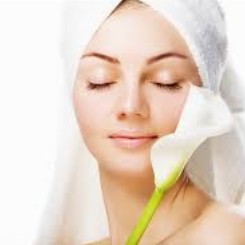 Skincare
Skincare
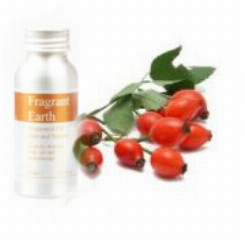 Body Care Oils
Body Care Oils
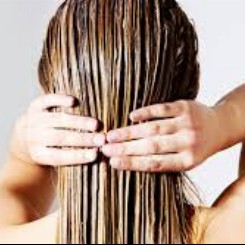 Hair Care
Hair Care
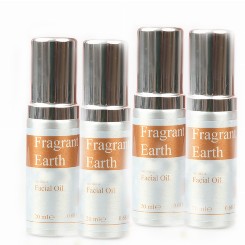 Facial Oils
Facial Oils
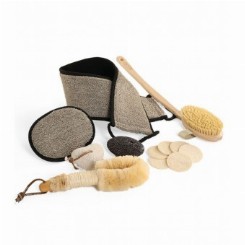 Eco Bath
Eco Bath
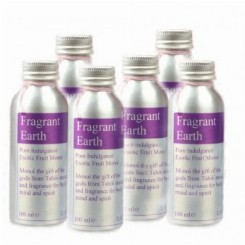 Pure Indulgence
Pure Indulgence
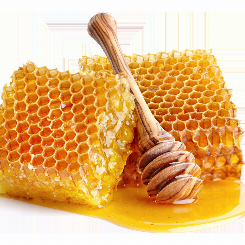 Honey, Beeswax & Propolis
Honey, Beeswax & Propolis
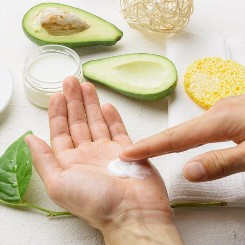 Handcream
Handcream
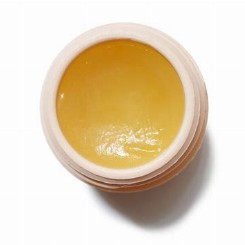 Balms, Salves & Ointments
Balms, Salves & Ointments
 Oral Care
Oral Care
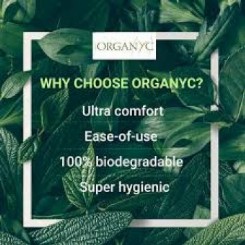 Feminine Hygiene
Feminine Hygiene
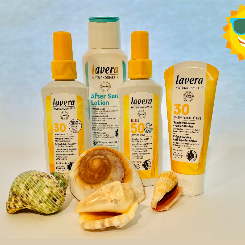 Sun Care
Sun Care
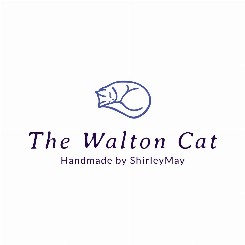 The Walton Cat
The Walton Cat
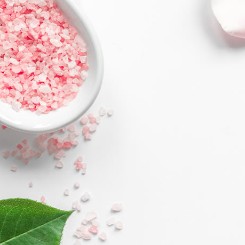 Bath Salts
Bath Salts
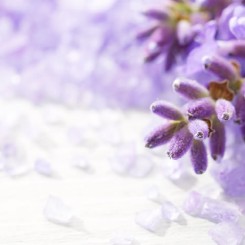 Somerset Lavender
Somerset Lavender
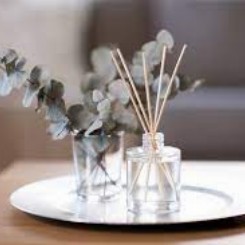 Diffusers
Diffusers
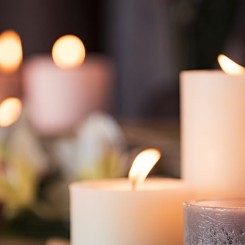 Candles
Candles
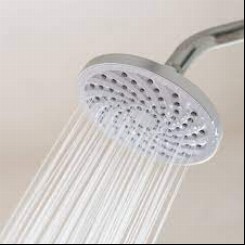 Shower Gel
Shower Gel
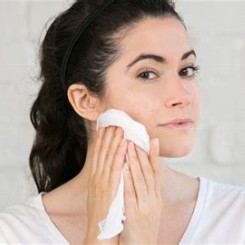 Soap
Soap
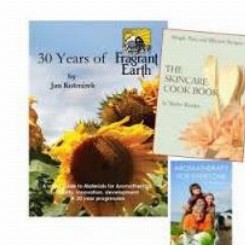 Books
Books
-245x-245x.jpg) Aromatic Waters
Aromatic Waters
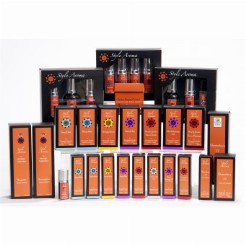 Style Aroma
Style Aroma
 Synergy Blends
Synergy Blends
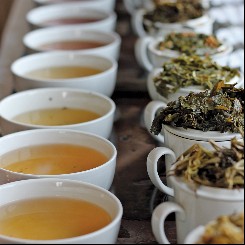 Miles Speciality Teas & Coffees
Miles Speciality Teas & Coffees
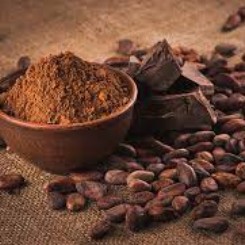 Chocolate one of life's passions
Chocolate one of life's passions